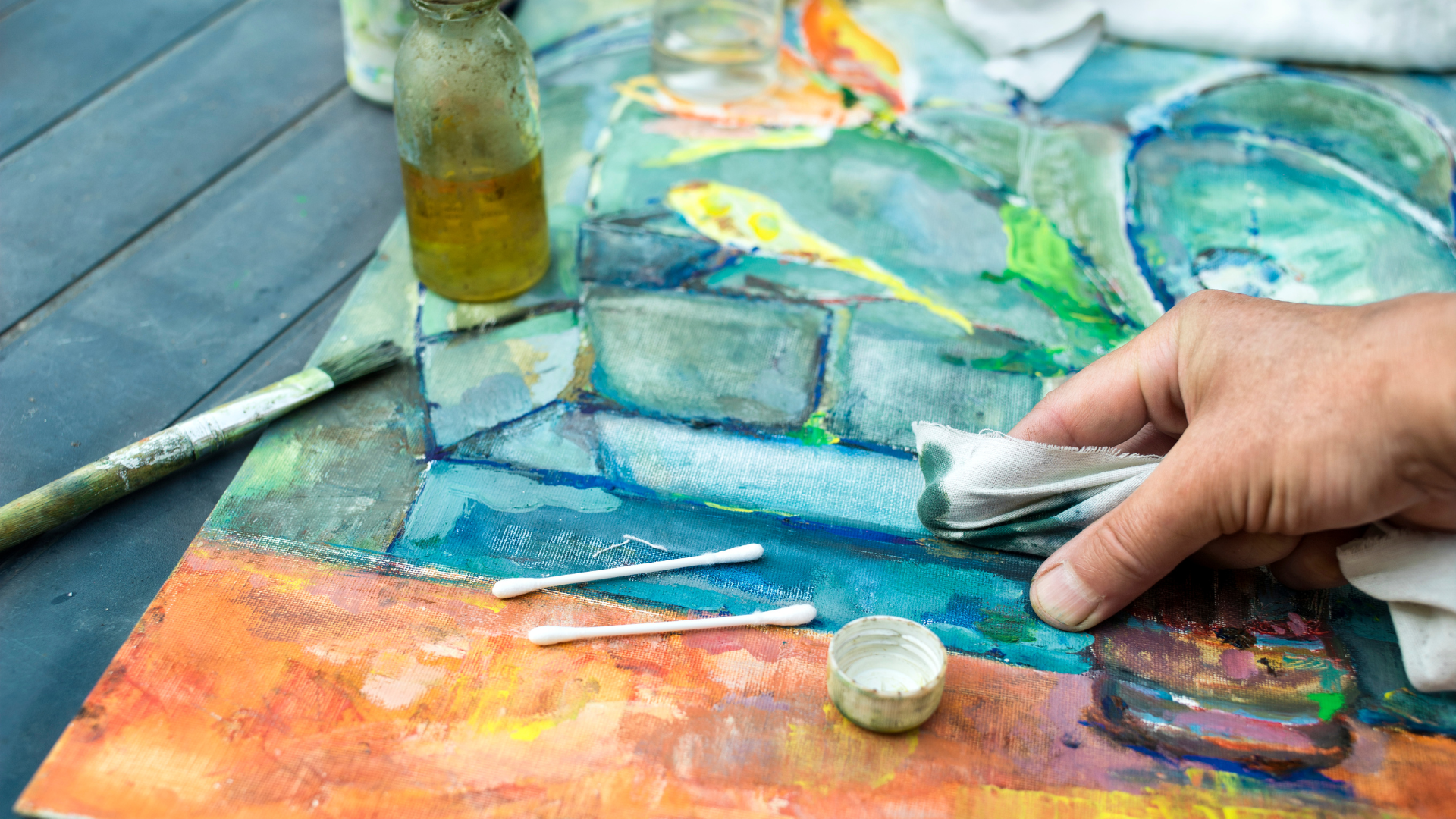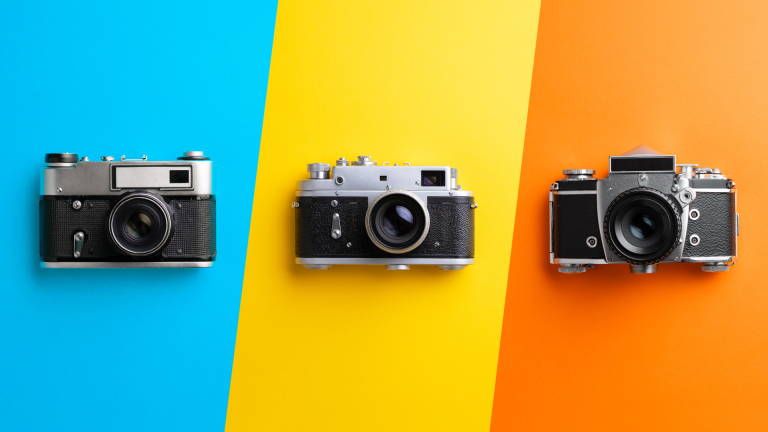Have you ever known how to paint? If not, no worries! In this article, we’ll go over some simple techniques to improve your painting.
Underpainting
An underpainting is a painting executed in a monochromatic color scheme. On top of this, the artist adds layers of color to create the desired effect. The purpose of underpainting is to provide both a foundation and structure for the final painting.
There are several benefits to using an underpainting technique. First, it can help to create a sense of depth and dimension in your painting.
Second, it can add visual interest and texture. Finally, it can help you to better control the overall tone and mood of your painting.
Dry Brushing
Dry brushing is a painting technique that involves using a dry brush to apply paint to a surface. You can use this technique to add texture and depth to your paintings, as well as create interesting effects.
To dry brush, start by dipping your brush into the paint, then tapping it on a paper towel or other surface to remove any excess. Next, lightly stroke the brush over the surface you want to paint. You may need to apply several coats of paint to build up the desired effect.
One thing to keep in mind when dry brushing is that less is more. It can be easy to overdo it, so start with a light touch and build up gradually if needed. With a little practice, you’ll be able to create beautiful paintings using this simple technique!
Sgraffito
Sgraffito is a painting technique in which layers of paint are applied to a surface. It is then scratched away to reveal the layers beneath. You can use this technique to create interesting textures and patterns in your painting.
Sgraffito is a great way to add depth and interest to your paintings. Experiment with different colors and textures to see what effects you can create.
Glazing
Glazing is a painting technique that involves applying a thin, transparent layer of paint over a dry base layer. You can use glazing to create a variety of effects. These include adding depth and dimension to your paintings.
Glazing is a great way to experiment with color and create unique effects in your paintings. With a little practice, you’ll be able to produce stunning results that will take your artwork to the next level!
Gestural
Gestural painting is all about making bold, sweeping brushstrokes that capture the movement and energy of your subject. This technique is perfect for capturing action-packed scenes, or for conveying a sense of drama and excitement in your work.
To paint gesturally, load up your brush with plenty of paint and then lay down broad, sweeping strokes across your canvas. Work quickly and confidently, letting your brushstrokes flow freely from one area to the next. Don’t worry about being neat or tidy – this style of painting is all about spontaneity and raw energy!
Stippling
If you’re looking to add a little extra dimension to your paintings, stippling is a great way to do it. This painting technique involves using small dots of paint to create a textured effect.
To start, load your brush with paint and then tap it onto the canvas to create small dots. You can vary the size of the dots by how hard you tap the brush and how much paint is on the bristles. Experiment until you find a look that you like.
Once you have your dots in place, you can use them to build up layers of color or texture. For example, try making some dots larger than others and then going over them with a lighter color to create a gradient effect. Or, mix in some different colors for a more mottled look.
Stippling is a versatile technique that can be used in a variety of ways. So play around with it and see what kinds of results you can get!
Pouring
Pouring is a painting technique in which paint is poured onto the canvas instead of being brushed on. This can produce interesting effects, such as pools of color or streaks of paint.
To pour paint onto a canvas, you will need to thin it out first with a solvent such as water or mineral spirits. Then, pour the paint into a container and hold it above the canvas. Gently tilt the container and let the paint flow out. You can use your hands to guide the paint if you want to create specific effects.
Once you have poured the paint onto the canvas, you can use a variety of techniques to manipulate it. For example, you can blow on it to create patterns, or use a brush to swirl the colors together. Experiment and see what effects you can create!
Splattering
There are a few painting techniques that can help you to improve your paintings, and one of them is splattering. This involves using a brush or other tool to create small drops of paint on the surface of your painting.
This can be a great way to add interest and texture to your work. It can also help you to create unique effects that would be difficult to achieve with traditional brushstrokes.
Dabbing
Dabbing is a painting technique that involves applying paint to a surface using quick, light strokes. This technique can be used to create a variety of effects, from textured surfaces to delicate gradients.
When using the dabbing technique, it’s important to use light pressure and build up the paint gradually. This will help you avoid creating too much texture or making your brushstrokes too visible.
One of the great things about dabbing is that it’s a very versatile technique. You can use it for a variety of purposes, from adding highlights to shadows.
It’s also a great way to blend colors seamlessly. So if you’re looking for a simple way to improve your painting skills, give dabbing a try!
Palette Knife
A great way to use a palette knife is to create texture in your paintings. This can be done by dragging the knife across the surface of your painting, or by using it to apply thick layers of paint. This technique is often used for landscape paintings, as it can add a sense of depth and dimensionality to the scene.
If you’re looking for a simple way to improve your painting skills, experiment with using a palette knife. With practice, you’ll find that there are endless possibilities for what you can do with this versatile tool!



